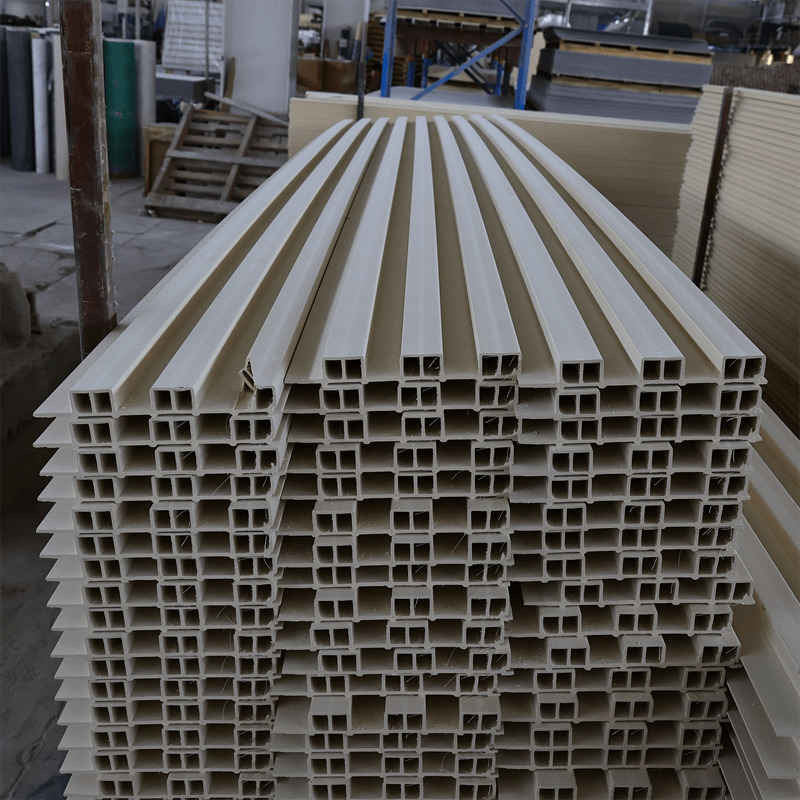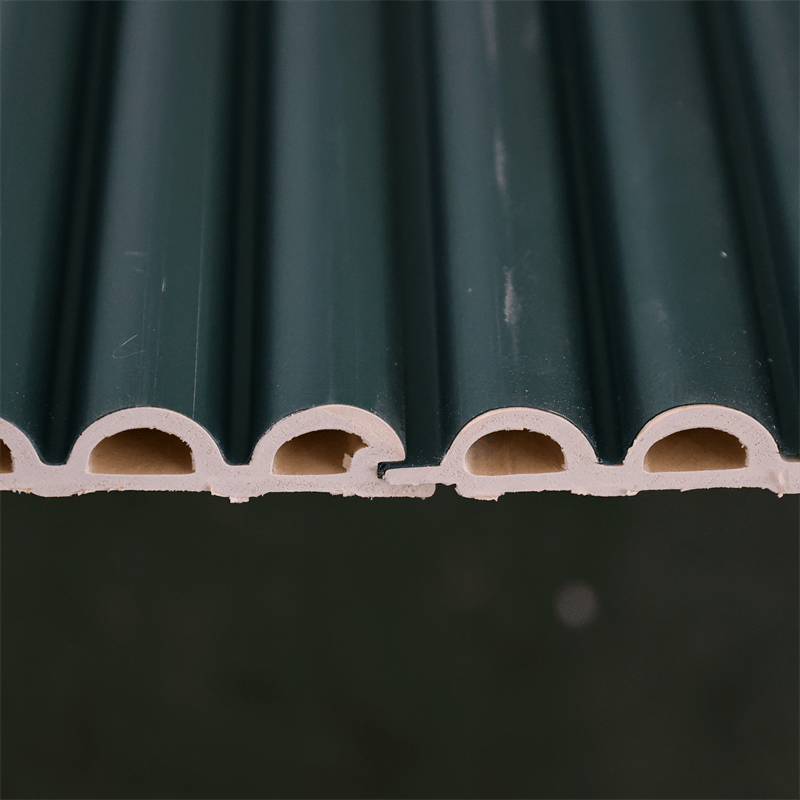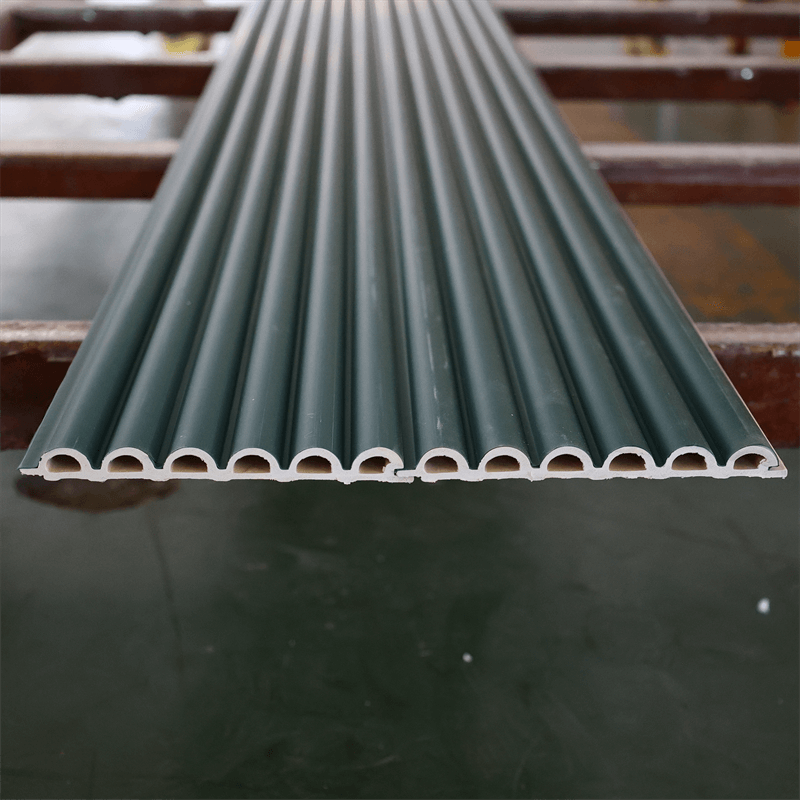Fire safety is a critical consideration in any building project.
When it comes to wall cladding materials, the fire resistance of the chosen material plays a vital role in ensuring the safety and well-being of occupants.
In recent years, WPC (Wood Plastic Composite) wall panels have gained popularity due to their aesthetic appeal and durability.
However, concerns have been raised about their fire resistance properties.
In this essay, we will explore the fire resistance of WPC wall panels, examining their performance in fire situations and discussing measures that can be taken to enhance their fire resistance.

I. Understanding WPC Wall Panel Composition and Fire Behavior
A. Composition of WPC Wall Panels WPC wall panels are typically composed of a combination of wood fibers, plastic polymers, and additives.
The ratio of these components can vary depending on the manufacturer and product specifications.
The presence of wood fibers in the composite raises questions about the material’s fire resistance.
B. Fire Behavior of WPC Wall Panels In fire situations, WPC wall panels behave differently than traditional wood or plastic materials.
The combination of wood fibers and plastic polymers affects the ignition, flame spread, and smoke generation of the panels.
Understanding the fire behavior of WPC panels is crucial in evaluating their overall fire resistance.
II. Evaluating the Fire Performance of WPC Wall Panels
A. Fire Resistance Testing Standards To assess the fire performance of building materials, various testing standards have been established.
These standards determine the reaction to fire and fire resistance properties of materials.
Two commonly used testing standards for evaluating the fire performance of WPC wall panels are the ASTM E84 (Standard Test Method for Surface Burning Characteristics of Building Materials) and the EN 13501 (European Standard for Fire Classification of Construction Products).
B. Flame Spread and Smoke Generation Flame spread and smoke generation are critical factors in fire situations.
WPC wall panels undergo flame spread testing to determine their surface burning characteristics.
Additionally, smoke generation testing assesses the amount and toxicity of smoke produced by the panels when exposed to fire.
C. Fire Performance Ratings Based on the results of fire resistance testing, WPC wall panels are assigned fire performance ratings.
These ratings indicate the panel’s ability to withstand fire and contribute to the overall fire safety of a building.
Ratings such as Class A, B, or C are commonly used to categorize materials based on their fire performance.
III. Enhancing the Fire Resistance of WPC Wall Panels
A. Fire Retardant Treatments One way to improve the fire resistance of WPC wall panels is through the application of fire retardant treatments.
These treatments can be applied during the manufacturing process or as post-treatments.
Fire retardant chemicals act to delay the ignition and reduce the spread of flames, providing an added layer of protection.
B. Coating and Intumescent Systems Applying fire-resistant coatings or intumescent systems to WPC wall panels can enhance their fire resistance.
These coatings create a protective barrier that expands when exposed to fire, forming an insulating char layer that slows down the rate of flame spread and heat transfer.
C. Design Considerations Incorporating fire safety measures in the design and installation of WPC wall panels can contribute to their overall fire resistance.
Ensuring proper ventilation, minimizing the accumulation of combustible materials near the panels, and adhering to building codes and regulations are essential considerations for enhancing fire safety.
IV. Balancing Aesthetics and Fire Safety
A. Fire Safety Regulations and Compliance When selecting WPC wall panels, it is crucial to consider local fire safety regulations and building codes.
Compliance with these regulations ensures that the chosen panels meet the required fire safety standards and contribute to a safe building environment.
B. Aesthetic Considerations While fire safety is of paramount importance, aesthetics also play a significant role in the selection of wall cladding materials.
WPC wall panels offer a wide range of design options and finishes, allowing for creative and visually appealing installations.

In conclusion, the fire resistance of WPC wall panels is a critical factor to consider when choosing wall cladding materials.
Understanding the composition and fire behavior of WPC panels, evaluating their fire performance through testing standards, and implementing measures to enhance their fire resistance are essential for ensuring the safety of building occupants.
Balancing aesthetics and fire safety requires careful consideration of local regulations and building codes, as well as selecting appropriate fire retardant treatments, coatings, and design considerations.
By making informed decisions and taking proactive measures, WPC wall panels can offer both aesthetic appeal and fire safety, contributing to a secure and visually pleasing built environment.

